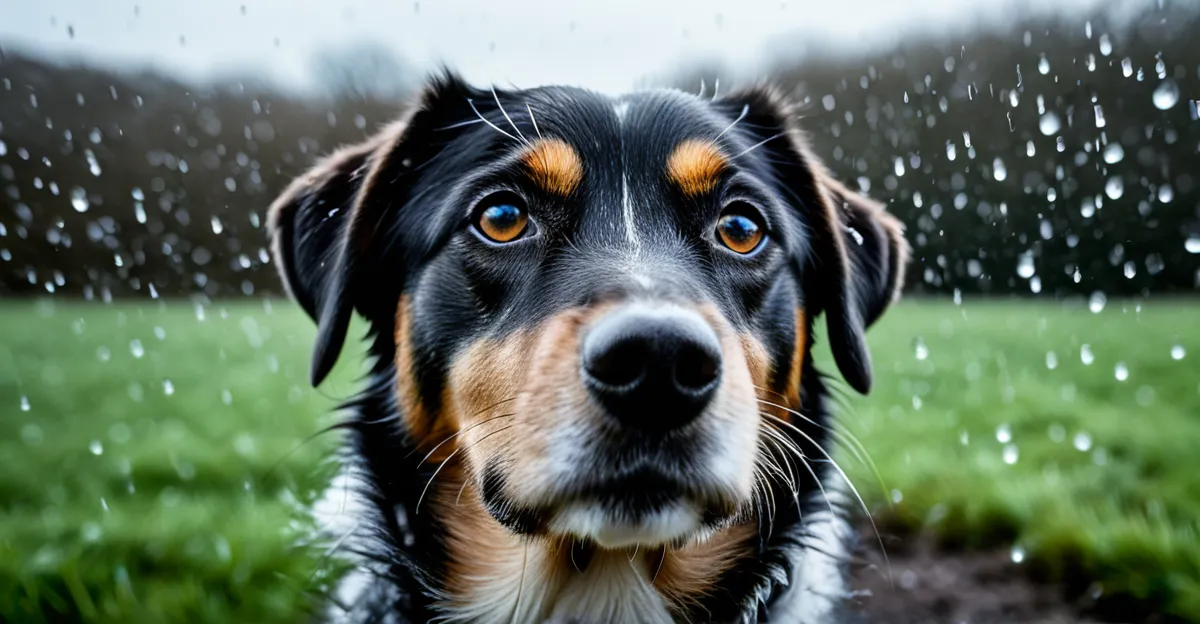Understanding How UK Pets Cope with Different Weather Conditions
Pets in the UK demonstrate remarkable weather adaptation through a blend of behavioural, physiological, and environmental responses to seasonal changes. Dogs, cats, and other domestic animals adjust to cold, rain, heat, and humidity in ways vital to their survival and comfort. For instance, many pets seek shelter instinctively during heavy rain or strong winds, reducing exposure to the elements. Physiologically, some alter their metabolism to generate more body heat in colder months, while shedding or thickening coats helps with insulation and cooling.
Recognising signs of discomfort linked to weather shifts is crucial for effective pet care. If a pet shivers, becomes lethargic, or excessively licks the paws during wet conditions, these behaviours often signal distress. Similarly, increased panting or restlessness in warm weather reflects how pets cope with heat. Helping pets through these changes means understanding their natural responses and providing supportive environments.
Also read : How do I choose the right pet insurance in the UK?
Ultimately, seasonal changes influence not just outdoor activity but also dietary needs, hydration requirements, and shelter strategies—each essential elements in caring for UK pets through the year.
Behavioural and Physiological Adaptations in Common UK Pets
UK pets exhibit remarkable physiological adaptation and distinct pet behaviour to cope with varying weather. Dogs often respond to cold by reducing their activity and seeking sheltered spots, while cats tend to curl into warm places, conserving heat. Rabbits, sensitive to wet and cold conditions, show increased grooming to maintain fur insulation. These physiological adaptations include coat changes such as thickening in winter to trap warmth or shedding during warmer months to promote cooling.
This might interest you : What Are the Top Trends in UK Pet Ownership This Year?
Activity levels also shift with the weather. In cold or rainy weather, dogs and cats may reduce outdoor play, instead showing preference for indoor resting or burrowing under blankets. Conversely, hot weather triggers behaviours like increased panting or seeking shaded areas to manage heat.
Metabolic changes accompany these behaviours; pets naturally boost metabolism in colder months, generating more body heat, whereas metabolism slows in heat to avoid overheating. Grooming adjusts accordingly—rabbits and cats lick fur to aid thermoregulation, helping maintain their body temperature.
Recognising these adaptations is a key component of pet care, allowing owners to tailor support that aligns with their UK pets’ natural responses to seasonal changes.
Practical Tips for Pet Owners to Support Weather Adaptation
Supporting UK pets through seasonal changes requires thoughtful adjustments to routines and environments. Providing a warm, dry shelter is essential, especially in cold or rainy weather, as it allows pets to conserve energy and maintain comfort. In hot conditions, access to shaded, well-ventilated areas and fresh water helps prevent overheating and dehydration.
Nutrition plays a key role in pet care during weather shifts. Increasing calorie intake in colder months supports metabolic demands for generating body heat, while lighter meals in summer can prevent discomfort caused by heat stress. Hydration must be monitored year-round, as water needs rise with temperature changes and increased panting.
Adopting simple weather preparation measures can improve pet wellbeing. For example, waterproof coats protect dogs from rain, while cooling mats and fans assist with heat regulation. Regular grooming also aids weather adaptation, helping with coat changes and skin health.
By proactively managing shelter, hydration, and diet, owners enable pets to thrive despite the UK’s often unpredictable weather. These pet care tips empower you to create a safe, responsive environment tailored to your pet’s needs throughout the year.







